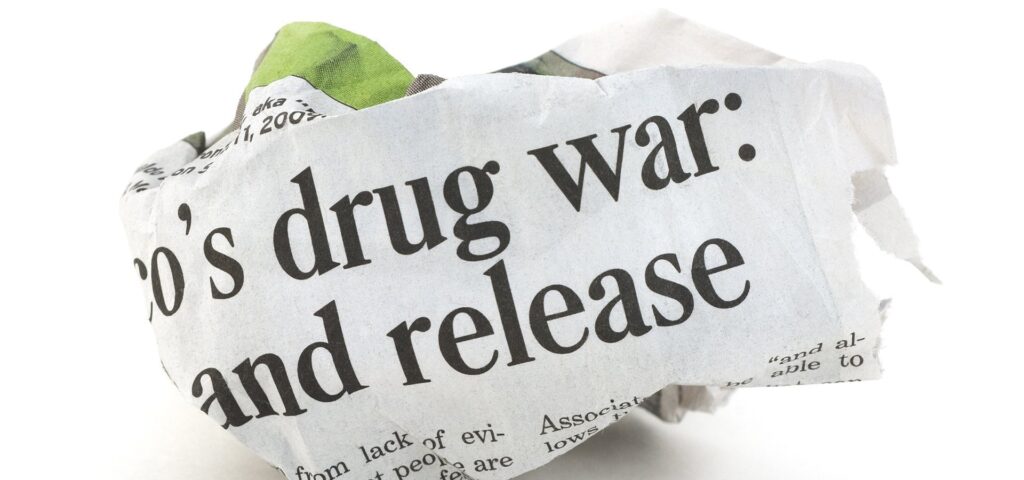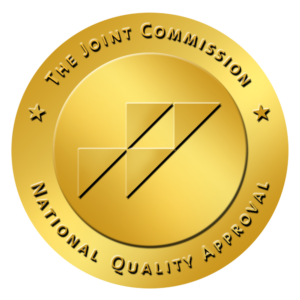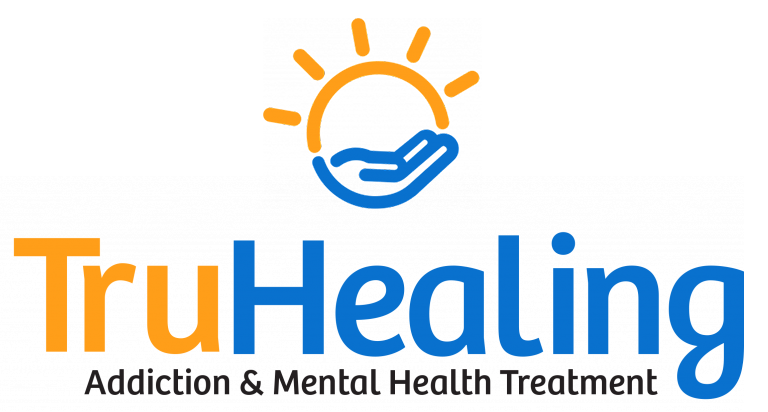[vc_row][vc_column][vc_custom_heading text=”Where did the war on drugs begin? And when will it end?” use_theme_fonts=”yes”][vc_column_text]In 1898 diacetylmorphine, better known as heroin, was synthesized in a lab in Germany. It was called “safe” and “free from addiction forming properties.” If this sounds familiar, that’s because it is. In the late 1990’s, the Sackler family of Purdue Pharma, began marketing OxyContin as a safe and non-habit-forming way to treat pain. At the beginning, similarly to the use of diacetylmorphine, people were over prescribed and overusing this dangerous narcotic, that did in fact cause physiological addiction. So, was 1898 the beginning of the opioid epidemic?[/vc_column_text][/vc_column][/vc_row][vc_row][vc_column][vc_column_text]When we think about addiction and the opioid epidemic, we usually think about heroin or OxyContin pills, white suburbia and an injured teen that was prescribed pills from there family doctor who didn’t know better. The problem isn’t just opioids or pills or heroin that our doctor prescribed. When we let this dialogue take over, we are actually ignoring huge parts of history that fueled the flames of the secretive nature of addiction, the stigma against addicts, and created a drug epidemic. We created the war on drugs, and the epidemic we are in the midst of right now is a direct result of that.[/vc_column_text][/vc_column][/vc_row][vc_row][vc_column][vc_single_image image=”29510″ img_size=”full” add_caption=”yes” alignment=”center”][/vc_column][/vc_row][vc_row][vc_column][vc_custom_heading text=”The beginning of the end” use_theme_fonts=”yes”][vc_column_text]Drug use for medicinal and recreational purposes was happening in the United States since the county’s inception in in the 1700’s. In the 1890’s you could buy syringes filled with cocaine at Sears, drink Coca-Cola with cocaine instead of sugar, or get prescribed heroin for a headache, and liquor for foot pain. However, between the 1870’s and 1903, that slowly began to change. Coca-Cola changed its cocaine into sugar in 1903, and recreational use of cocaine began to dwindle and be judged by the public. By 1914 The Harrison Narcotic Act was enacted, which controlled the sale of opium and cocaine, within the next five years Prohibition was added to the Constitution, and so started America’s negative beliefs about drugs, alcohol and the people who consume them.[/vc_column_text][/vc_column][/vc_row][vc_row][vc_column][vc_column_text]By 1930 the Federal Bureau of Narcotics, precursor of the DEA, was formed under President Hoover. The commissioner, Harry J. Anslinger, lobbied for harsh penalties for drug use- from marijuana to cocaine and heroin. Anslinger was a huge proponent for complete prohibition of cannabis and played a pivotal role in the criminalization of addiction. The first drug that Anslinger worked towards criminalizing and demonizing was marijuana. Anslinger found three cases where perpetrators had been high on marijuana when committing a violent crime and fed them to the media, along with testimony from one doctor who agreed that there was a connection between violence and marijuana use. This belief put thousands of people behind bars for nonviolent marijuana offenses, such as Samuel Caldwell who was arrested and sentenced to four years for selling two joints in 1937.[/vc_column_text][/vc_column][/vc_row][vc_row][vc_column][vc_single_image image=”29511″ img_size=”full” add_caption=”yes” alignment=”center”][/vc_column][/vc_row][vc_row][vc_column][vc_custom_heading text=”The War on Drugs” use_theme_fonts=”yes”][vc_column_text]In 1971, President Nixon declares that drug abuse is public enemy number one, and thus the war of drugs and addicts is waged. In 1973 the DEA was created to tackle illegal drug smuggling, drug selling and drug using in the United States. Throughout the 70’s and 80’s we began seeing more and more anti-drug propaganda, such as Nancy Reagan’s “Just Say No” campaign. This campaign was paired with heavily race-based media hysteria regarding crack cocaine. Over the next 20 years, jail populations increased twelvefold. This number has multiplied by one person sentenced for nonviolent drug related offenses every 25 seconds since.[/vc_column_text][/vc_column][/vc_row][vc_row][vc_column][vc_column_text]In recent years, we have focused heavily on the smuggling of drugs from Mexico and China into the United States, with concerns of fentanyl and the hundreds of people dying daily from overdose. The war on drugs has waged on, waxing and waning throughout the years as other policies have seemed more appealing to tackle. We continued to criminalize addiction until it hit white suburbia. Now, court systems are quick to offer pretrial intervention, drug court, and treatment over jail time. While America continues to wage a war on drugs, other countries have sought new approaches to aid in the end of a drug epidemic that has killed countless people since prohibition began. In Portugal they even went as far as decriminalizing personal use of any and all drugs in an effort to stop over population of jails and end the stigma and shame that surrounds the disease of addiction. In the U.S. legalization of marijuana in several states and the District of Columbia has led to a more tolerant political view on recreational drug use, but reports are showing that it hasn’t helped with those suffering with addiction and could even be making it worse.[/vc_column_text][/vc_column][/vc_row][vc_row][vc_column][vc_custom_heading text=”The Scary Truth” use_theme_fonts=”yes”][vc_column_text]The truth of the matter is that nobody knows how to tackle the issue of substance abuse, the drug epidemic or opioid crisis ravaging America right now. We are not at a place where we can decriminalize all drugs and hope for the best, too many lives have been lost, too many people are still grappling with the idea of safe injection facilities or medication assisted treatment. Yet, we also know we can’t “Just Say No” or incarcerate people out of addiction. In fact, release after incarceration is one of the times people run the highest risks of overdose. So…what can we do?[/vc_column_text][/vc_column][/vc_row][vc_row][vc_column][vc_column_text]All we can do now is work together to prevent harm and offer the highest quality treatment we can to help those willing to make a change. There is no end in sight for the war on drugs, and crisis we are seeing with fentanyl related deaths (in opioids, cocaine and counterfeit pills) is only getting worse. The best way to end the war on drugs is to help those suffering with addiction get the help they need. If you or someone you know is struggling with substance abuse, you are not alone. This is an issue throughout America and has been since the 1800’s. The war on drugs is built on stigma and villainizing addicts. You are not a villain, and you deserve help. End the war on drugs by ending the war within yourself.[/vc_column_text][/vc_column][/vc_row]








